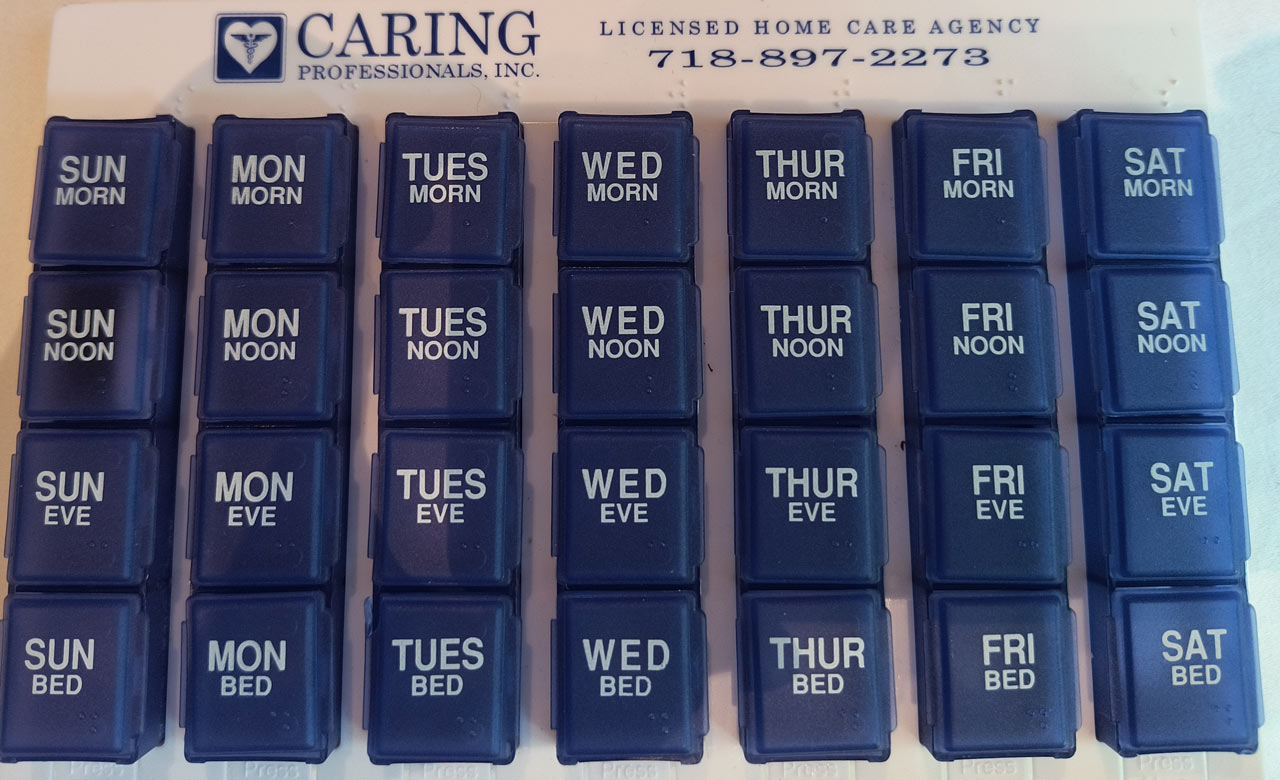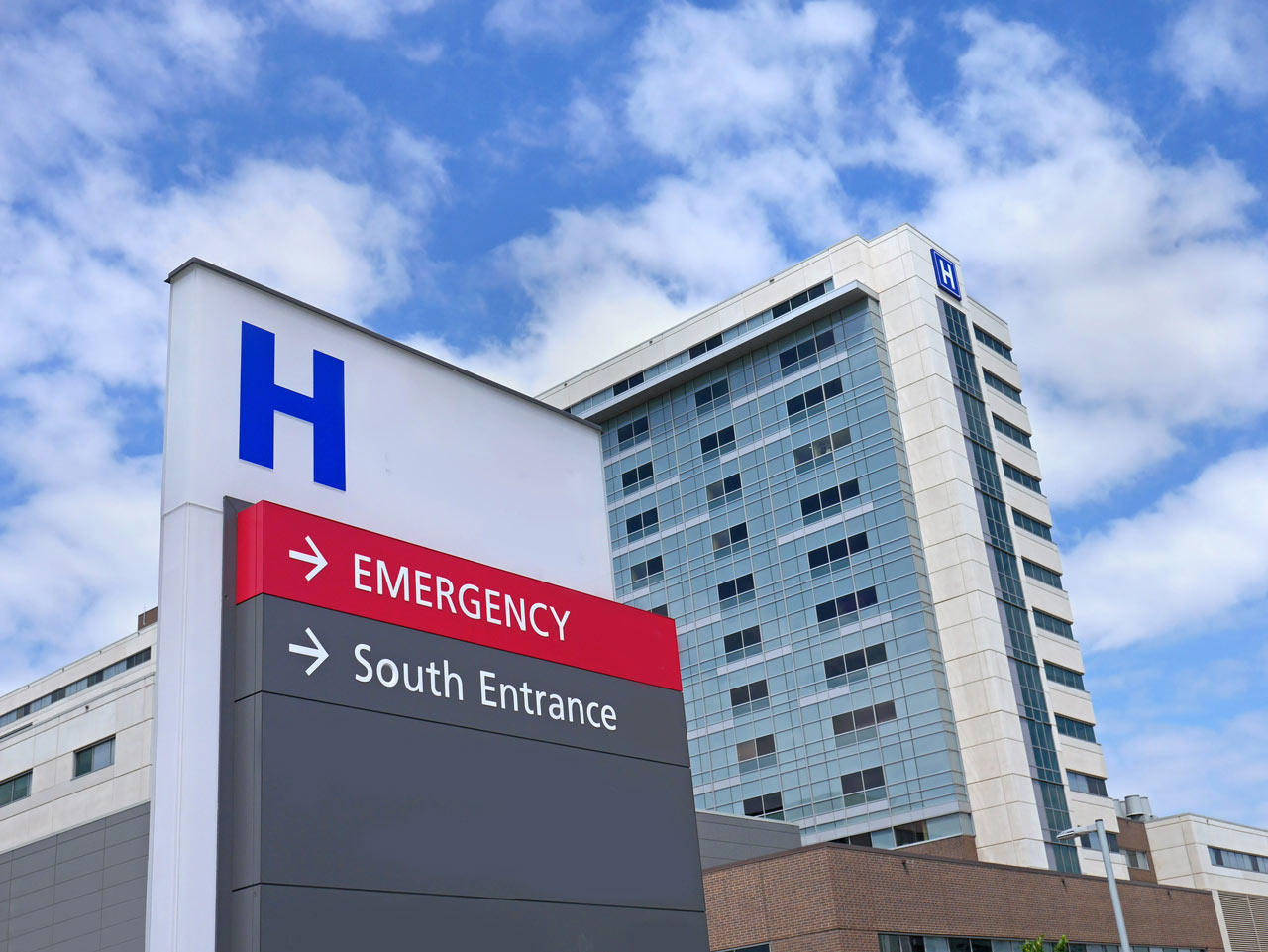Take heart! Middle-aged people are copers and are resilient. They have a better ability to regulate emotions. Their perspectives garnered from years of experience. They have acquired the long view because they tend to take the future into account as well as the past. They are thus possibly more resilient than those who are younger, says Adam Grant the famous organizational psychologist.

Major life changes that require adaptation frequently occur during midlife. The ability to adjust to them in a positive way, resilience, is therefor of particular interest to midlifers who may be caring for others, thinking about their future health and finances, and carrying heavy financial responsibilities.
These three factors were the most frequent contributors to stress, according to the Hartford Center for Mature Market Excellence and the MIT AgeLab. They conducted a study with focus groups and an extensive survey that looked at the stresses and transitions that people in their 40s, 50s and 60s experience and how they remain resilient.

The good news is that people in their 60s reported higher levels of resilience, compared with people in their 50s and 40s, in statistically significant percentages. The study also found that the most resilient adults have a strong sense of self-efficacy. This means that they feel they are copers and that they will get through the difficult times.
The most popular way that all the adults in the study (40s, 50s, and 60s), no matter the age, coped with stress was to participate in entertainment and hobbies. However, the most resilient adults are more likely to participate in physical activity than less resilient adults (70% and 42%) are. The implications are obvious. Exercising and going for walks are what the more resilient people do; it’s harder than being a couch potato or immersing yourself in your favorite pastimes. However, it builds your coping skills.

Resilience is a product of nature and nurture, science says. Nevertheless, it is a muscle that can be built up at any time. Your fight and flight responses to stress don’t fire as frequently if you handle the inevitable stressors in a positive way. In other words, neurologically, your brain will not go into stress mode as often if you consciously handle stressors in a positive but realistic way. How does one build up the resilience muscle in midlife?
Here are seven tools for improving resilience during midlife.
- Reframe your story in a positive way. It’s about growth from challenge, not trauma and stress.
- Remember your comebacks. Remind yourself of how you have moved on from setbacks.
- Practice optimism.
- Don’t personalize failures and consider other factors that may have contributed.
- Go out of your comfort zone. Take on challenges. Invite stress into your life, say the experts. These will further train your stress hormone systems to become less responsive to stress.
- Take breaks after stress.
- Supporting and helping others enhances one’s own strength in the face of adversity.






